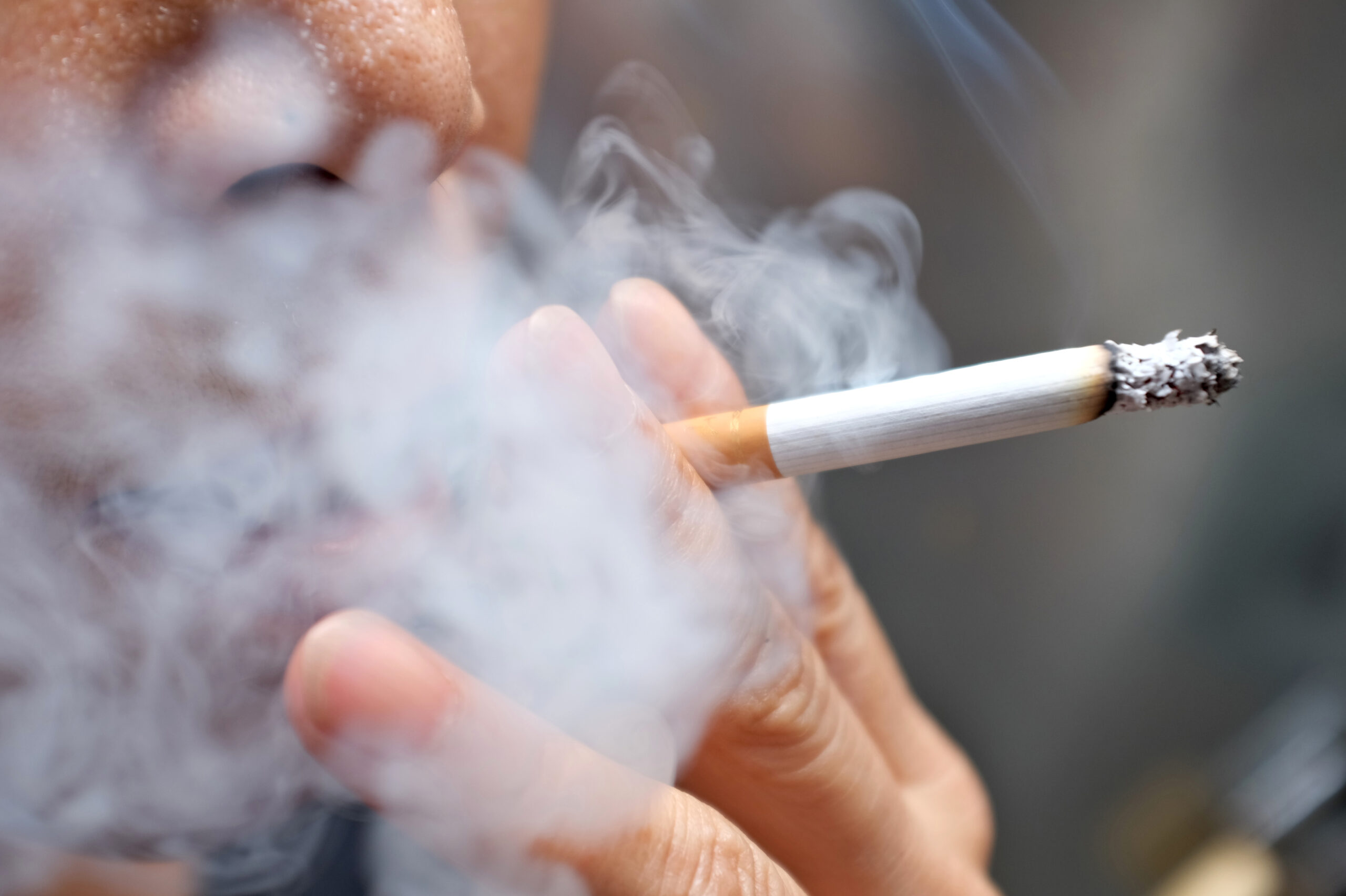(17 Credits/Hours)
Launch Date: August 5, 2025
Expires: August 31, 2027
Course Overview
This comprehensive course examines the health impacts, prevention strategies, and public health policies related to smoking and secondhand smoke exposure. Students will explore the scientific evidence behind smoking-related diseases, understand the mechanisms of tobacco addiction, and learn about effective intervention approaches. The course covers both the direct effects of smoking and the significant health risks posed by secondhand smoke exposure to non-smokers, particularly vulnerable populations such as children and pregnant women.
Table of Contents
- Introduction to Tobacco Use and Smoking Prevalence
- Chemical Composition of Tobacco Smoke and Toxic Components
- Health Effects of Active Smoking on Major Organ Systems
- Understanding Secondhand Smoke: Composition and Exposure Sources
- Health Impacts of Secondhand Smoke on Children and Adults
- Vulnerable Populations: Pregnancy, Infants, and Chronic Disease Patients
- Nicotine Addiction: Mechanisms, Development, and Withdrawal
- Smoking Cessation Methods and Treatment Approaches
- Public Health Policies and Smoke-Free Legislation
- Prevention Strategies and Community Health Interventions
Learning Objectives
Upon completing this course, you will be able to:
- Analyze the current epidemiology and trends in tobacco use across different populations
- Identify the major toxic chemicals in tobacco smoke and explain their biological effects
- Evaluate the comprehensive health consequences of active smoking on cardiovascular, respiratory, and other body systems
- Distinguish between mainstream, sidestream, and environmental tobacco smoke
- Assess the health risks of secondhand smoke exposure, particularly for non-smoking adults and children
- Recognize special considerations for protecting vulnerable populations from smoke exposure
- Explain the neurobiological basis of nicotine addiction and withdrawal symptoms
- Compare evidence-based smoking cessation interventions and their effectiveness rates
- Examine the role of public policy in reducing smoking rates and protecting public health
- Design community-based prevention programs targeting specific at-risk populations
Course Content
#1030 Smoking and Secondhand Smoke
You don't currently have access to this content
Ratings and Reviews
0.0
Avg. Rating
0 Ratings
5
0
4
0
3
0
2
0
1
0
What's your experience? We'd love to know!
Login to Review
What's your experience? We'd love to know!
Login to Review




